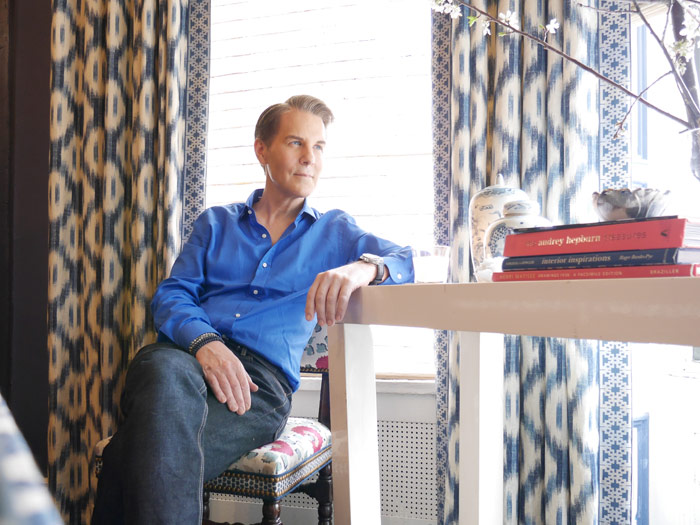
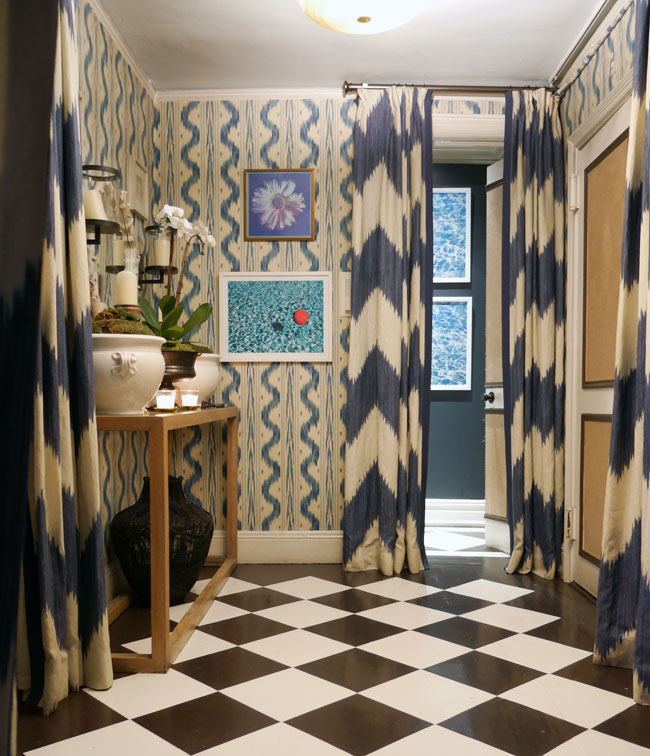
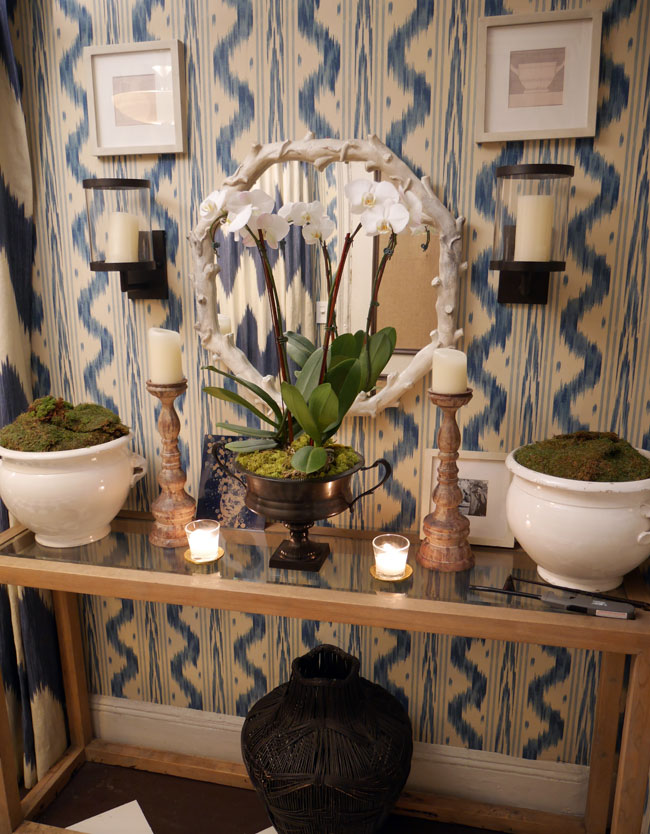
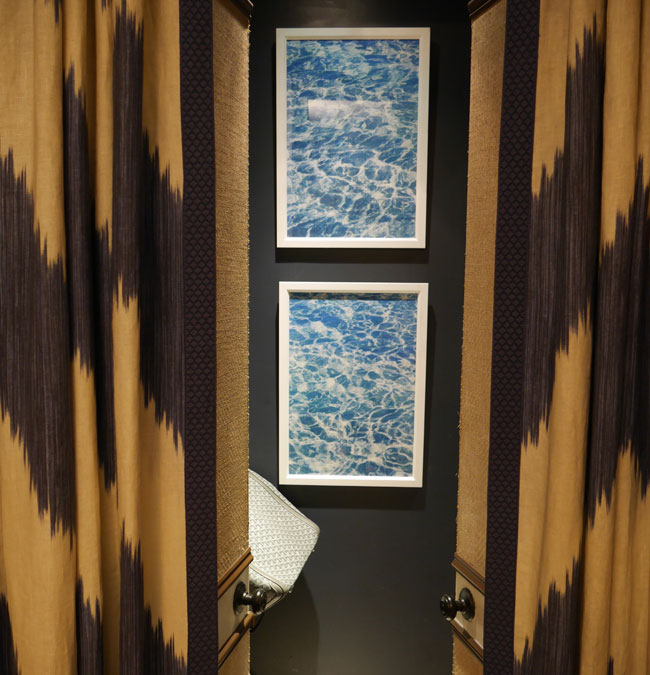
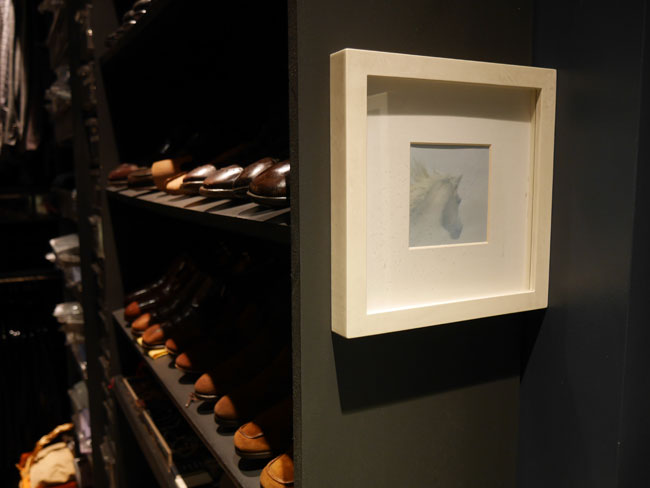



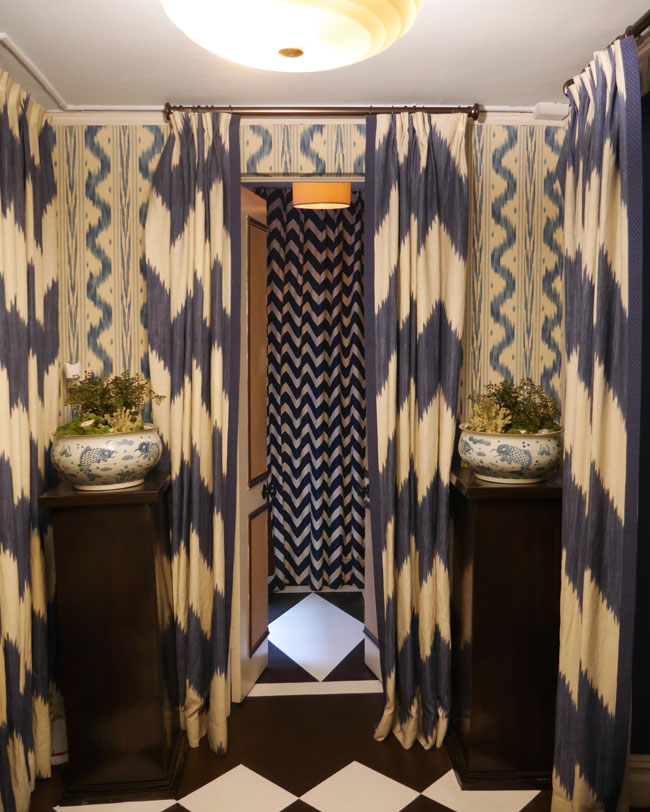
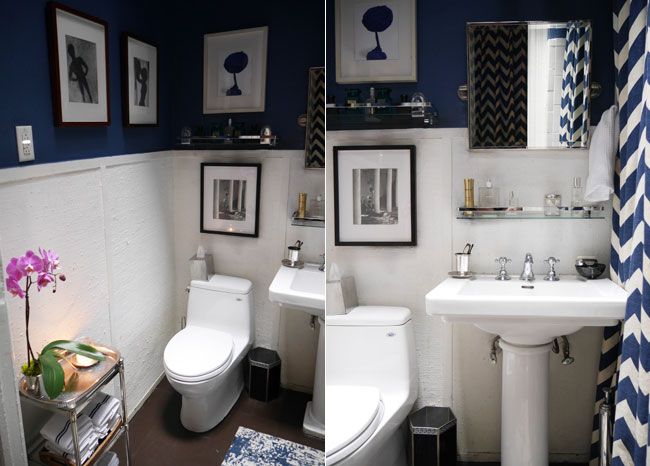
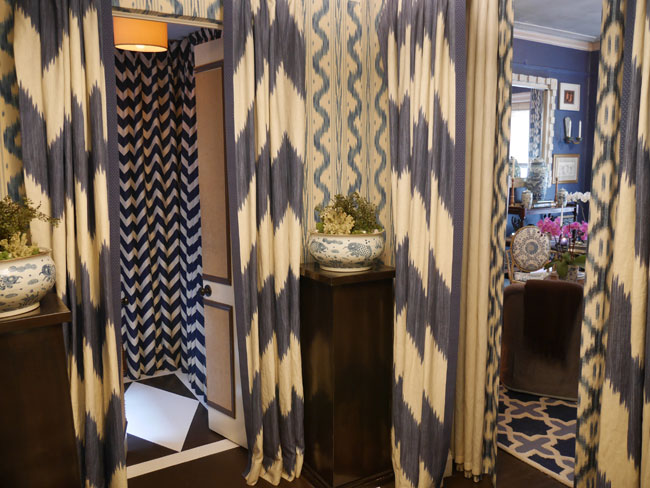
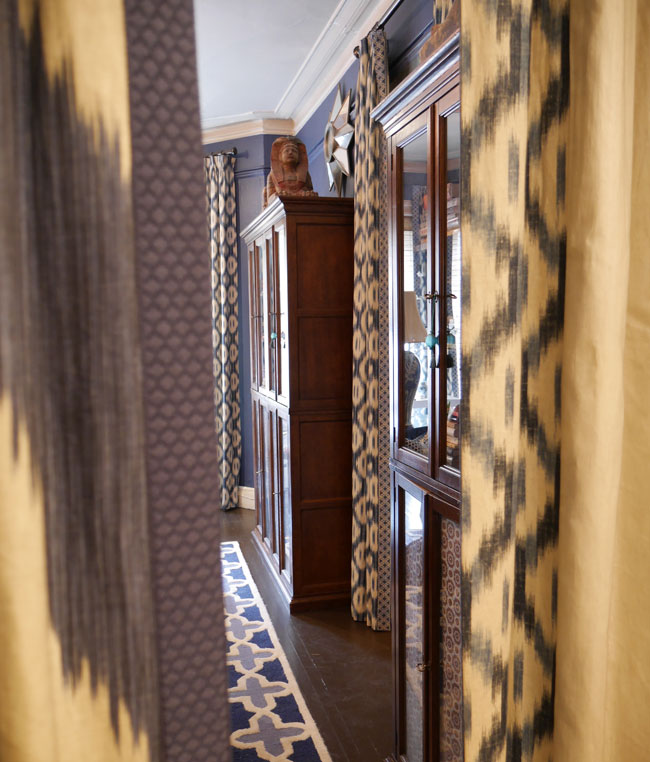
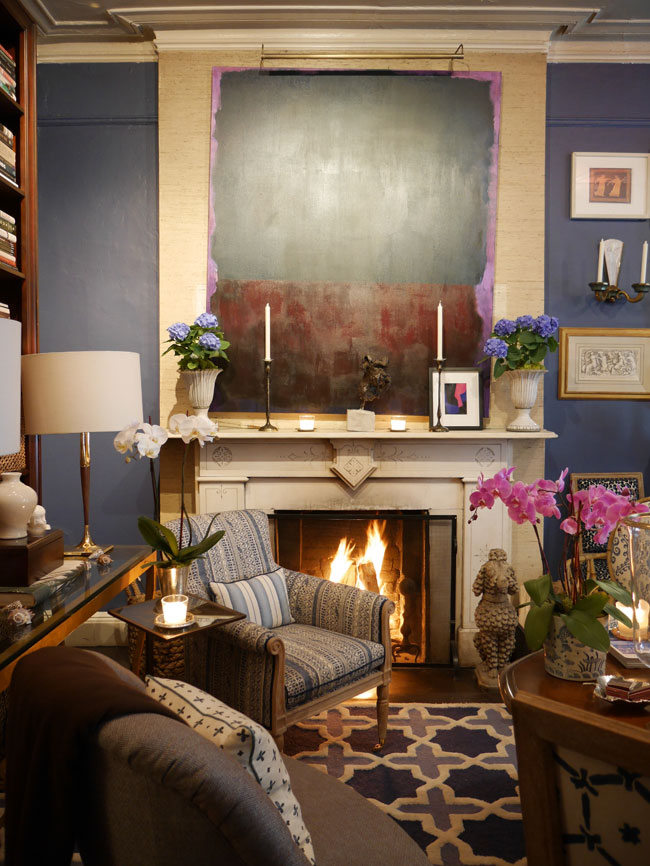
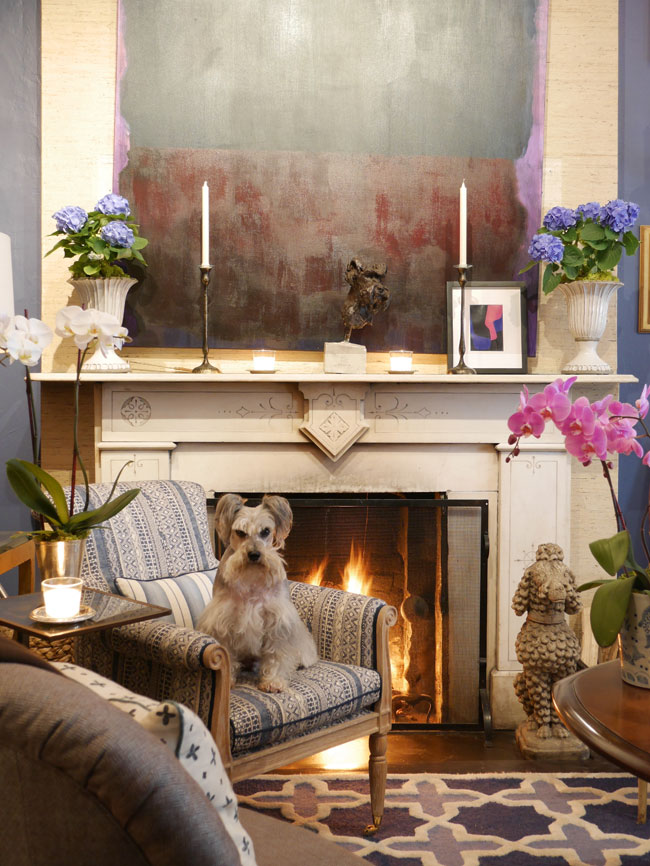
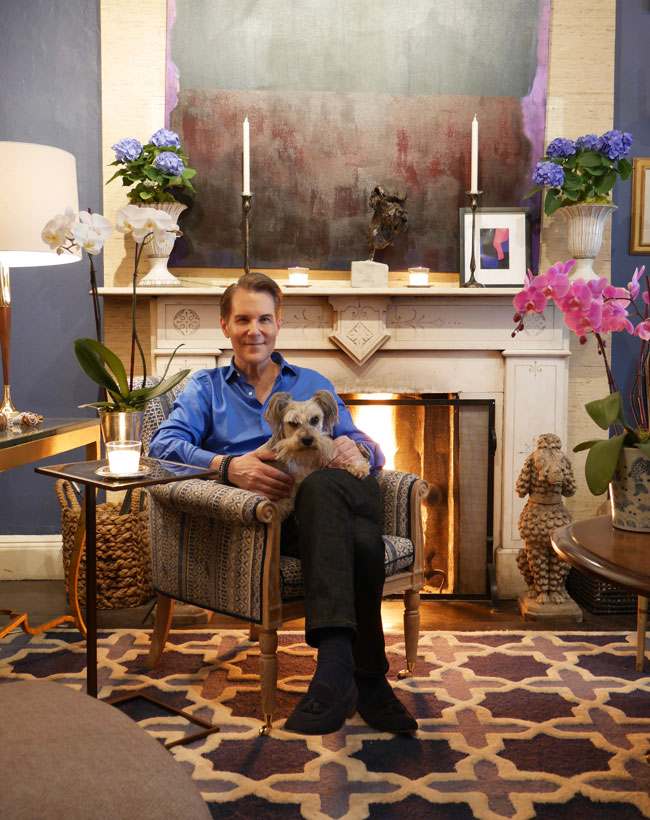
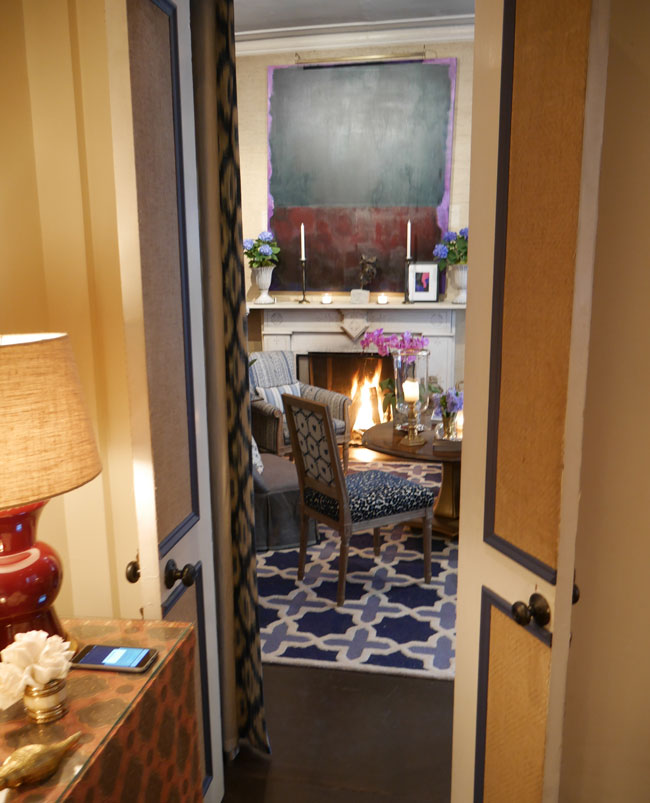
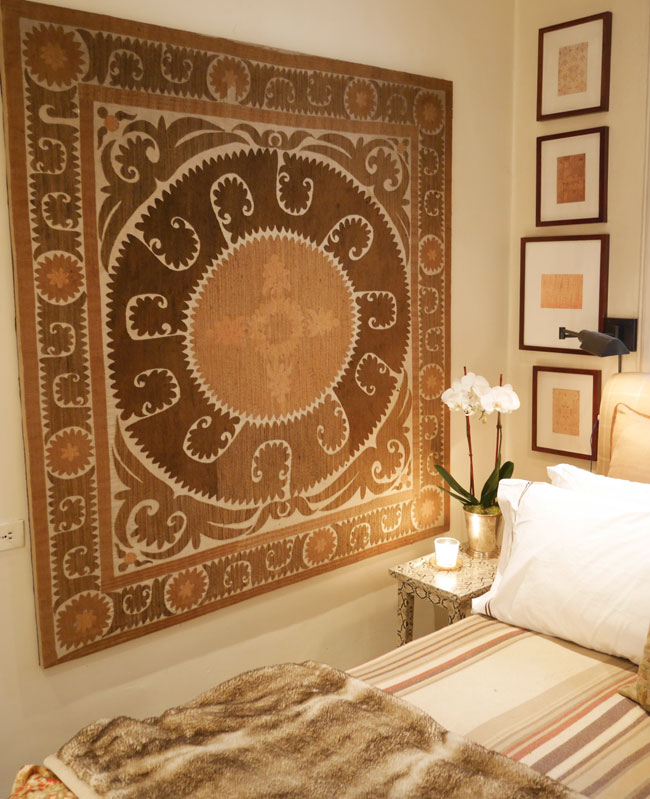

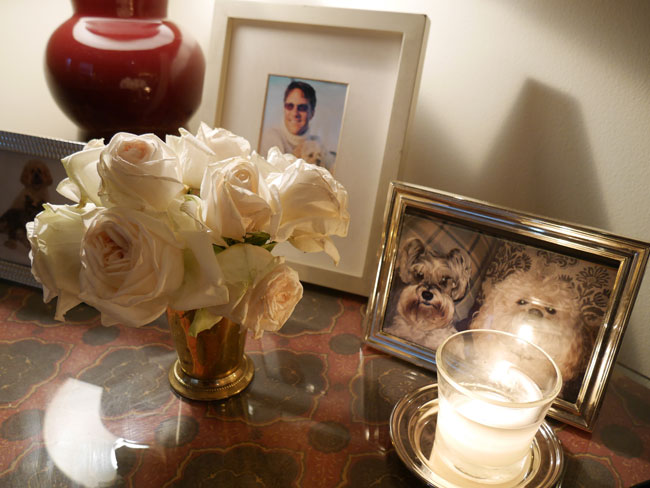
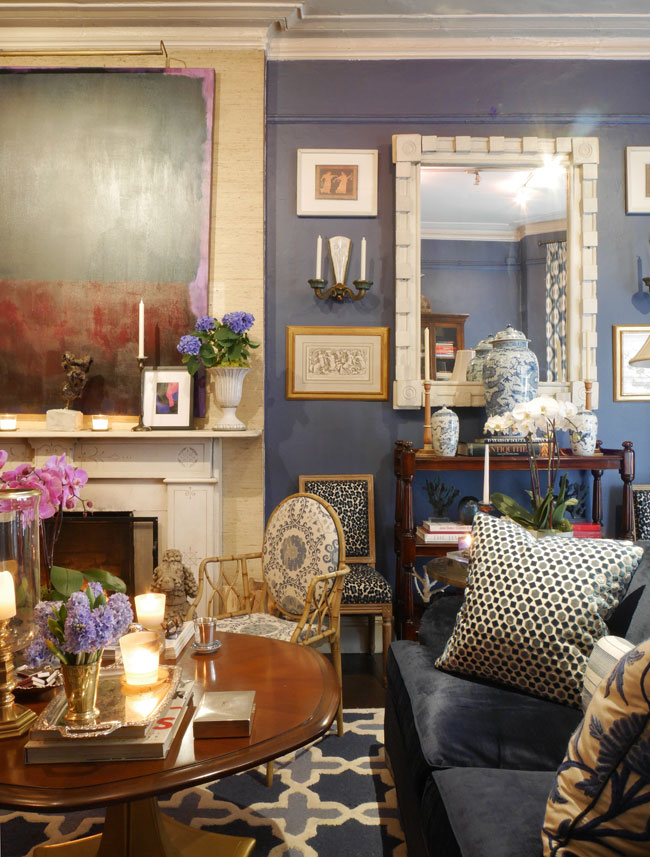
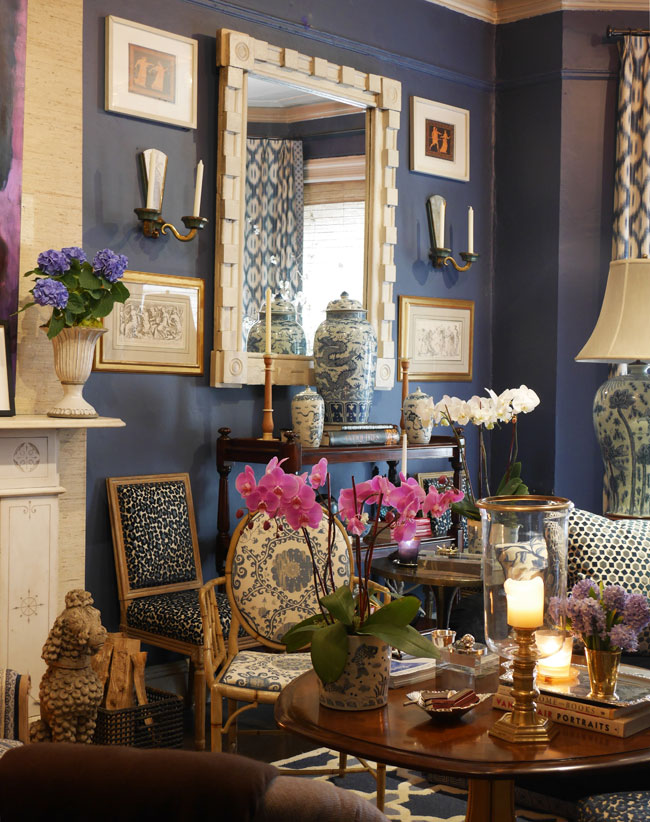
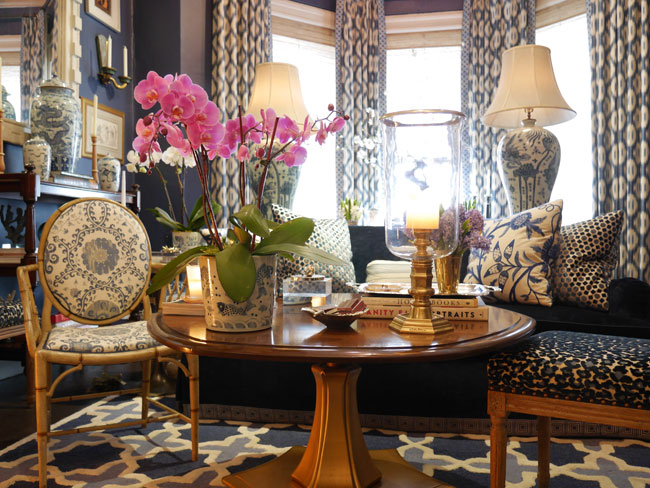
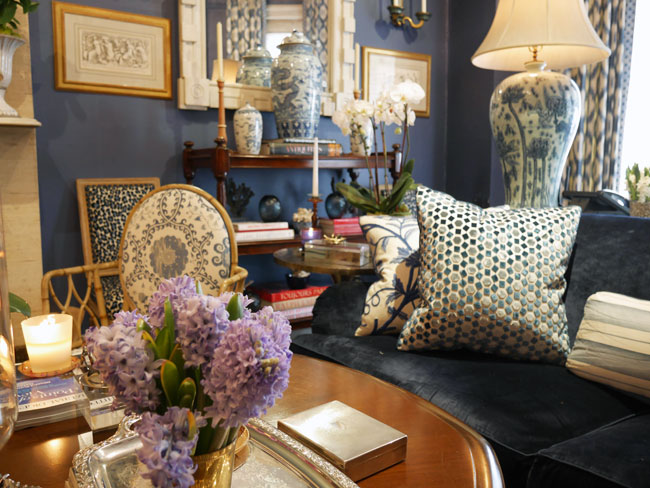
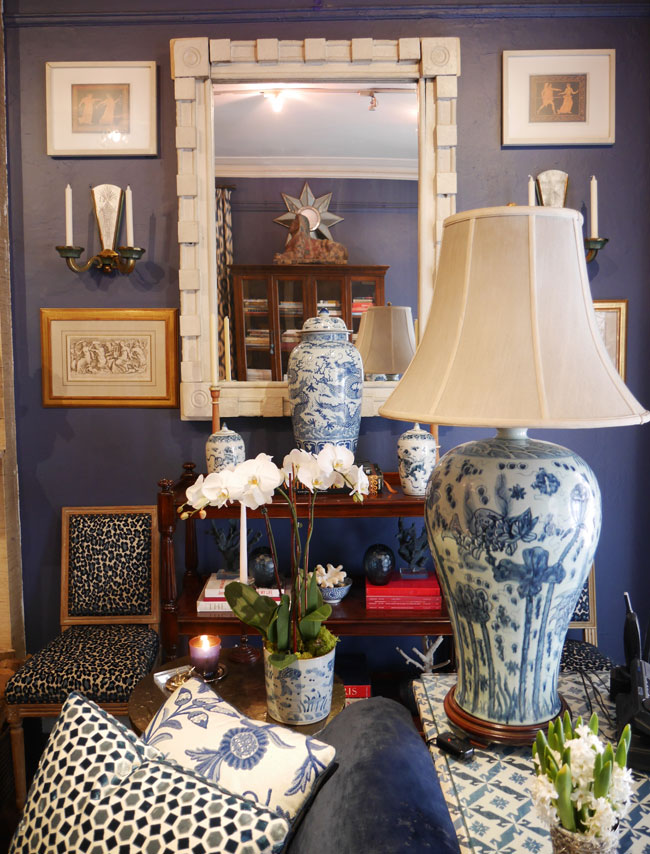
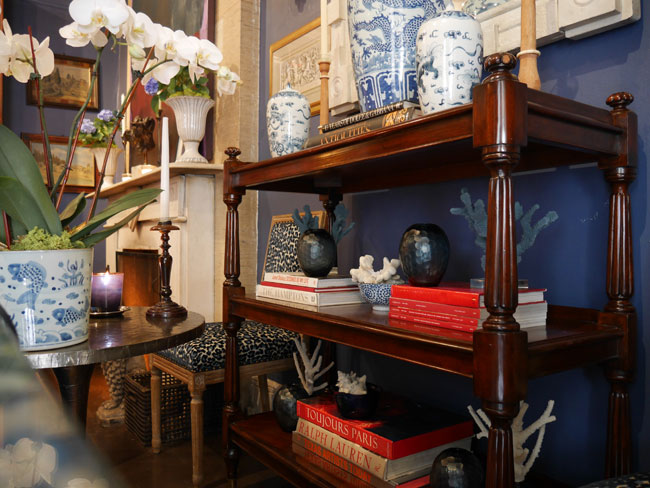
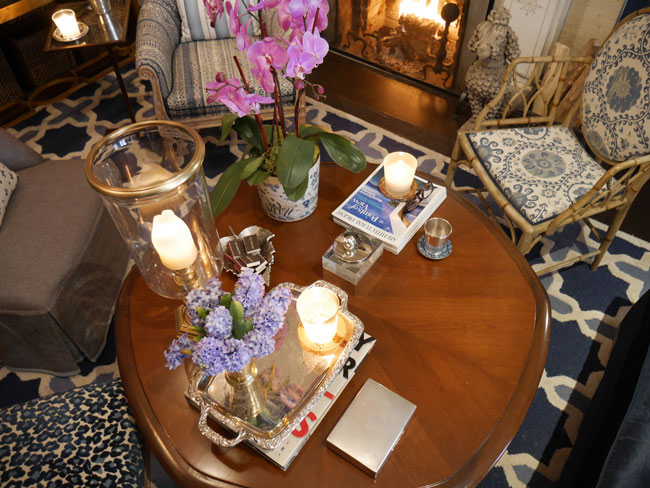
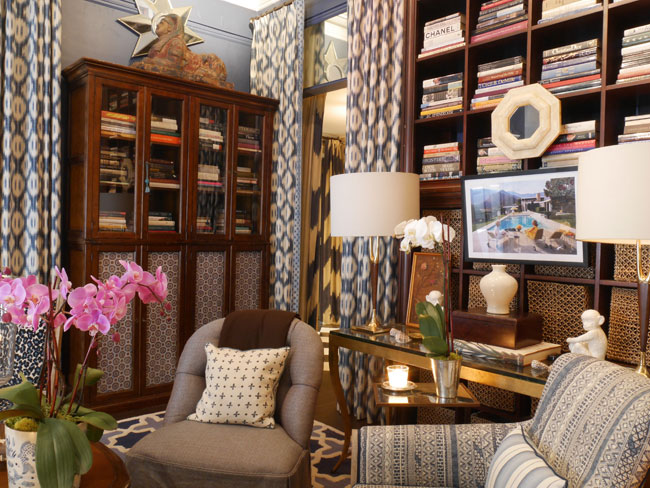
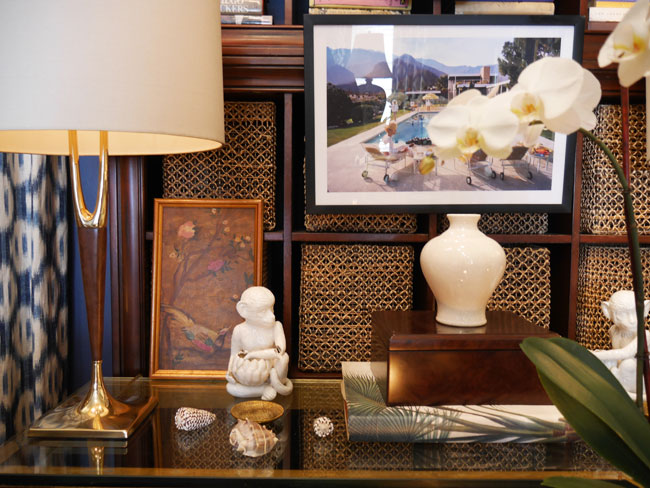
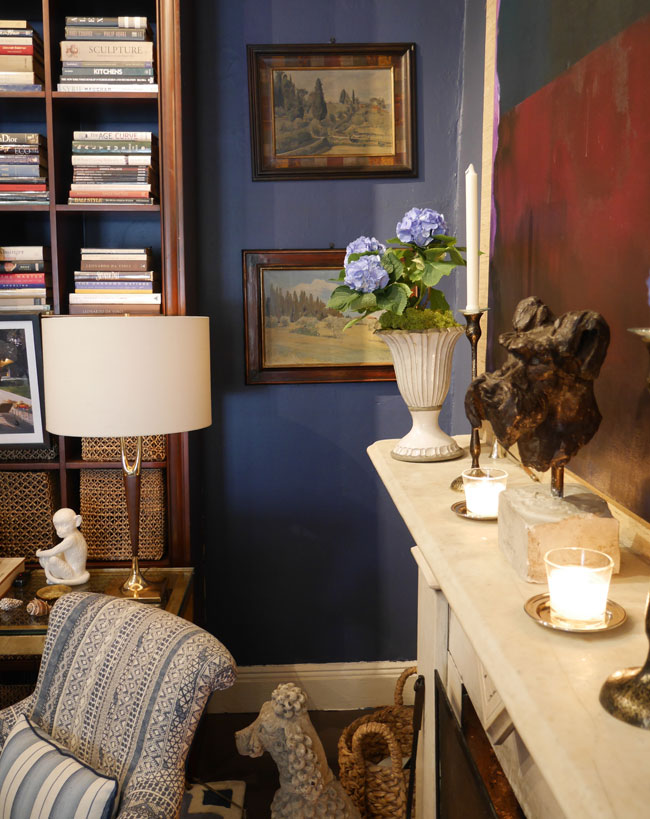
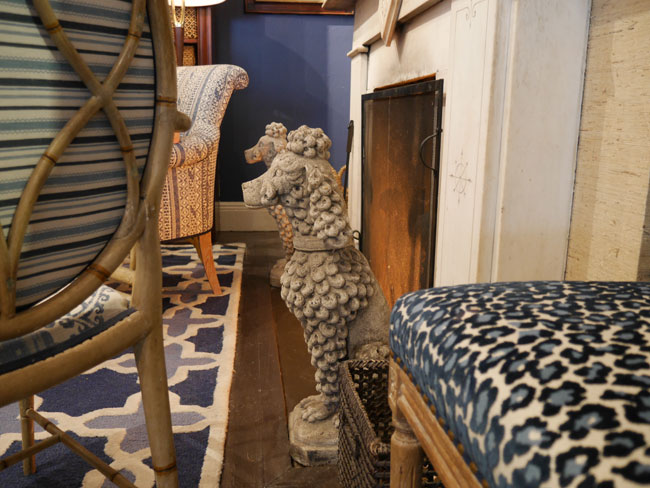
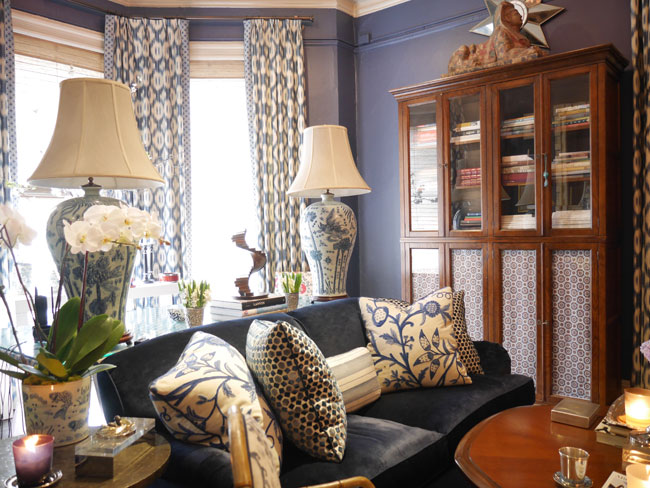

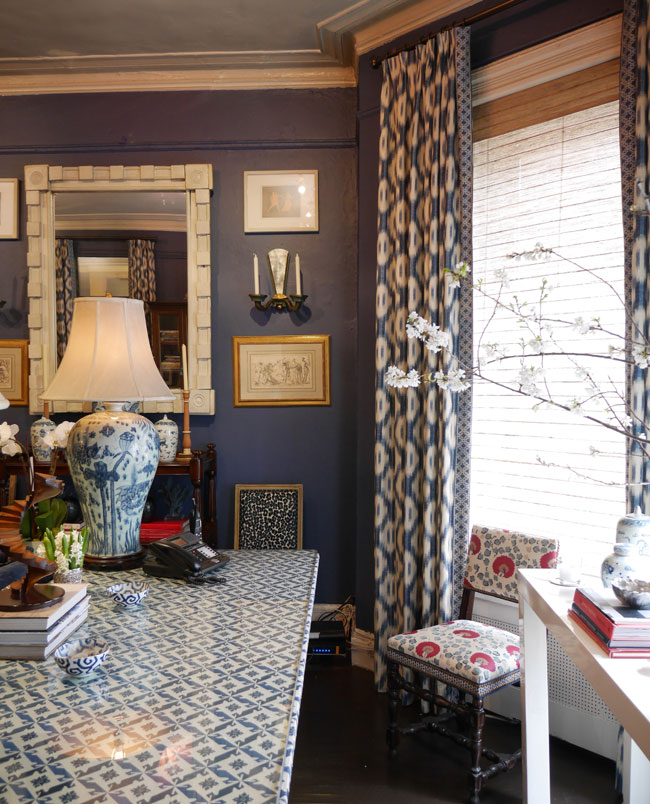
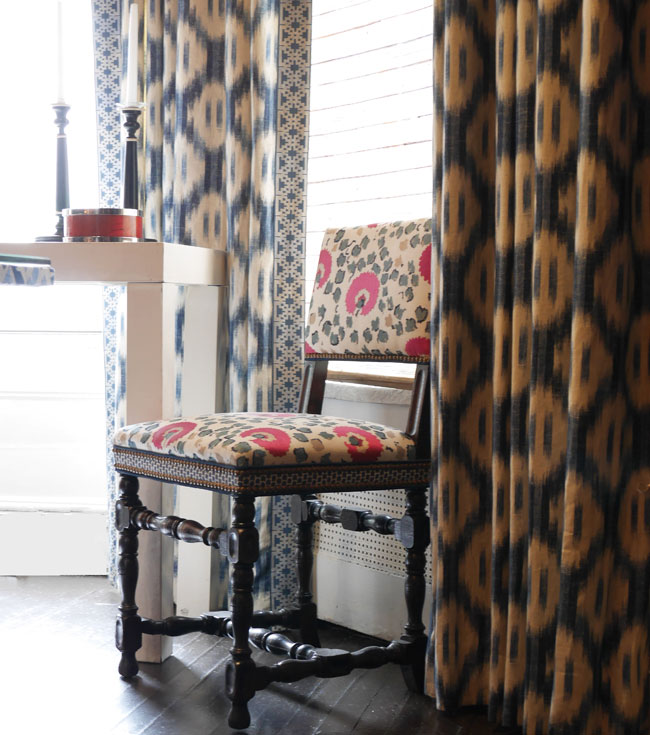
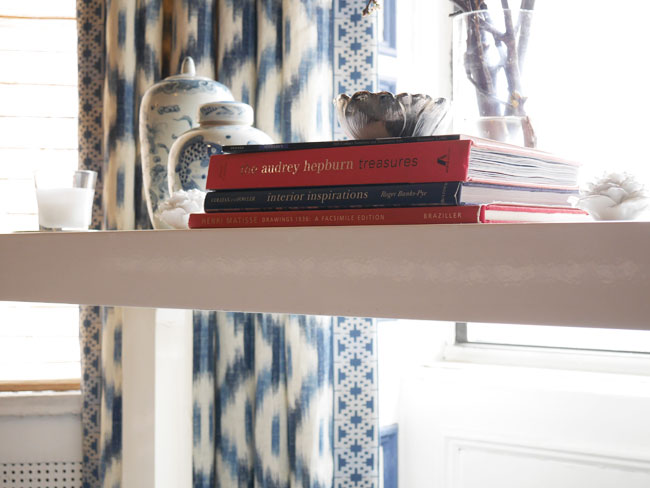
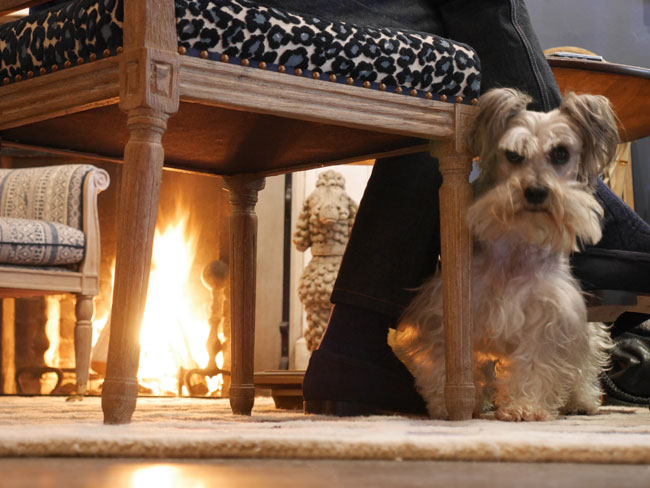
Our Company
Rod Winterrowd Inc. is a New York-based design firm specializing in interior design and interior architecture, with projects in New York City, The Hamptons, Connecticut, Palm Beach, Washington DC, Dallas, The Bahamas, Aspen, Los Angeles, Palm Springs, London, and Mexico.
After a decade as an executive at Disney Studios, Rod moved to New York to attend Parsons School of Design. In 2003, Rod Winterrowd Inc. opened its New York City office. Principal Rod Winterrowd describes his style as tailored, crisp, contemporary, yet steeped in tradition. It is based on a contemporary interpretation of the formalist architectural principles of order and balance. We work with clients to create beautiful, classic interiors, for both new construction and remodels of existing properties.
Our philosophy is based on the following principles:
To offer superior service.
To begin each new project with a strategic plan that adheres to order, discipline, and organization, resulting in a project that is on time, on budget, and beautifully executed.
To foster a relationship between client and designer that translates into a home complimenting the taste and lifestyle of the client, not the designer.
To operate in an atmosphere that fosters goodwill, teamwork, and collaboration among employees.
To recognize that all of our clients expect and deserve the highest levels of discretion.
NEW YORK SOCIAL DIARY - Interview with Rod Winterrowd ~ Summer 2016
By Sian Ballen & Lesley Hauge
Photographs by Jeff Hirsch
Like so many of the designers we interview, Rod Winterrowd came to the job after another entirely different career—in his case a senior vice president in television syndication for Disney. One Thursday in 2003, just before Memorial Day weekend, he had finally wriggled out of his Disney contract and on the following Monday he began a design course at Parsons. He grew up in what he says was “a very lovely community” of “ultra-conservative, ultra-Republicans” in California. He told us that, within that context, it took courage to make the decisions he made and in turn, it took a great deal of understanding on behalf of his loved ones who have come to support and accept his life choices.
Where does your name come from? I can’t place it.
It’s English. My family is English and French on both sides.
I saw somewhere that a lot of people now, when they have to put down what their heritage is, they just put “American”. I don’t know why everyone doesn’t do that.
Why can’t we have one parade once a year where we all carry the American flag and then we all carry maybe smaller flags for the other parts of our heritage.
Apart from the fact that your family is part English and part French and that you’re an interior designer, we don’t know anything about you. Was anything that was ever written about you taken off the internet? We couldn’t even find a little bio.
My client base is a group of people that I’m very grateful to have but they’re very private people. The really great stuff is never published.
Okay, so this interview is going to be your bio.
Well, I’m from LA, fourth generation Angelino. I graduated from USC and I went to work for Disney in television syndication. I was there just shy of ten years. One of my goals—it’s so funny how things change—but my important goal as this young executive out of college was to be a vice president by the time I was thirty. I grew up in a very lovely community but it was ultra-conservative, ultra-Republican … I didn’t have any mentors, if you will, to say that you really do have this talent, this creative side and you could mold it or shape it into a career.
What sort of things indicated your creativity at that time?
From a very young age I loved fashion. I was fortunate enough to travel with my family to Europe and that opened my eyes. My mother’s younger sister by nine years … she just got me. My parents are wonderful and my parents’ friends are the loveliest people, you know I came out … you know “came out-came out” when I was 28 … and it was the biggest shock in the world. Now of course, they’re very understanding. I think for them, they had to grieve. And I didn’t understand. I was only a year ahead of them and in therapy … I was married to my best friend.
How long were you married for?
We were married for three years and together for seven. And I truly loved her. I’ve been single for over ten years and I’ve never found anybody that I’ve connected with on that level. But to be true to myself, I had to move forward. I knew that she deserved better.
That took a lot of courage. You could have had a secret double life.
I knew somebody like that. He is still like that and he was a motivation for me to not want to be deceitful. “The truth will set you free” is a real piece of wisdom. Also it’s an act of love, to go and let them truly have what they deserve—it’s something you can’t give them.
And did you, despite all this, become a vice president at Disney by the time you were thirty?
Before I was thirty!
What was it like working there?
That’s where I learned my business sense. What it gave me was a sense of entrepreneurship. I had to be responsible for running a mini-company within this major corporation. In my ninth year, I was offered a move to New York and become a senior vice president. I would have been in charge of the country [syndication business]. We [Rod and his former partner] had just bought an apartment at 500 Park, and we had a house in the Hamptons and one in Palm Beach.
Wow, the whole package. What happened?
I went to my boss and said I want out of my contract [and that] I’ve decided to go to Parsons. They haggled with me for six months but I got out—I remember it was the Thursday before Memorial Day weekend and we were throwing a big party at the house in Hamptons. I started at Parsons on that Monday.
Why were you promoted so quickly?
Well, it was ten years … but I guess I did a good job. [laughs] I was top salesman there. In a lot of ways what we do [now] is selling. We present a design and hopefully you’re lined up creatively with your client but you’re still saying, “This is the vision of your room and here are the reasons why.” [With Disney] you had to study up on all the statistics and all the numbers for your presentation and now if I’m doing, say a Spanish Revival, you know, I’m going to do my homework.
So you’re very conscientious.
Yes and I work all over the world. I don’t want [those projects] to look like a New York apartment. I’ve done a townhouse in London and I just finished an island in the Exumas in the Bahamas. It was a private island and we built six villas.
How would characterize your style? What don’t you like?
That’s funny because people ask me, “How do you do what you do? I would be so overwhelmed.” And I say, it’s because I don’t like 99 per cent of what’s out there.
Can you give us some examples?
Well I could say I’m not a big fan of mid-century but then I could find, you know, a fabulous piece by Tommy Parzinger or someone like that and love it.
What are your dream projects?
The ones that I have been doing! I won the Ballinger Award [the Ballinger Award commemorates a restoration or a renovation that best exemplifies the traditions of Palm Beach’s original houses and the architects who designed them].
Who was this house for?
The Koch family.
What do you think of the Koch family? I read an interview with Charles Koch in the FT and he came across as very reasonable. (Lesley)
I couldn't agree more. I was a young Republican, literally a Young Republican. You know I grew up in a community and I grew up in a time when you knew who your enemy was. It wasn't some elusive guy in a cave. It was the Russians. And you had the Reagans—for a kid who grew up in California, the Reagans to me were part of the Hollywood royalty.